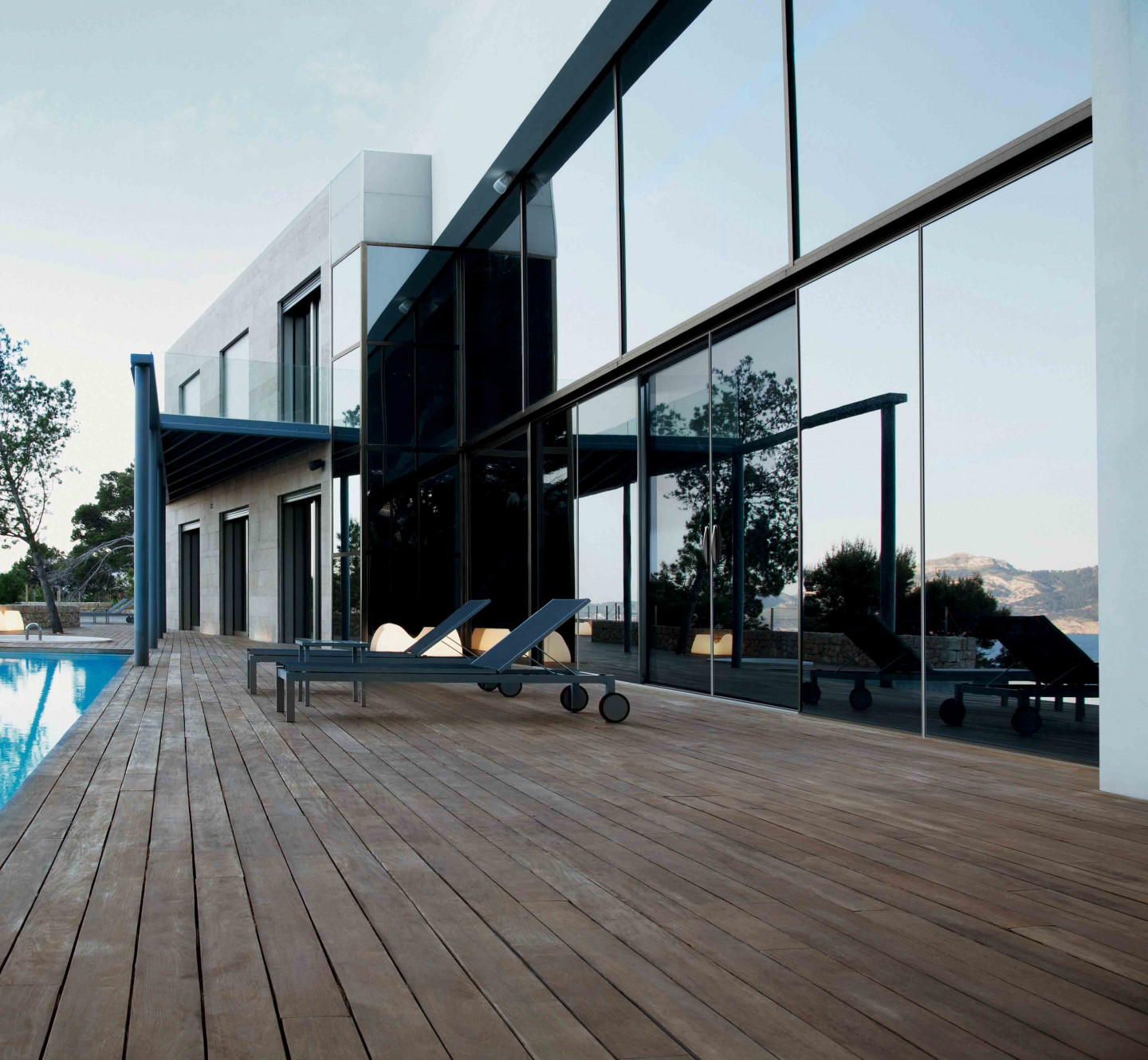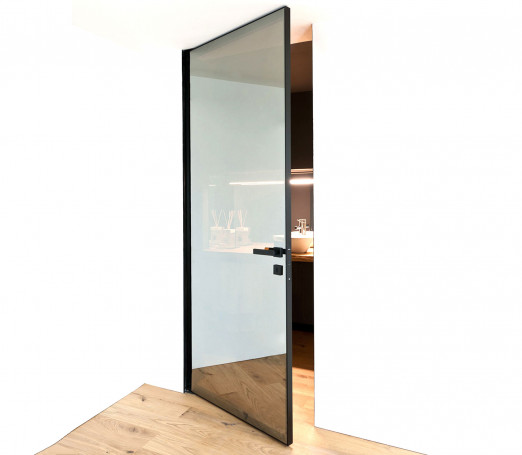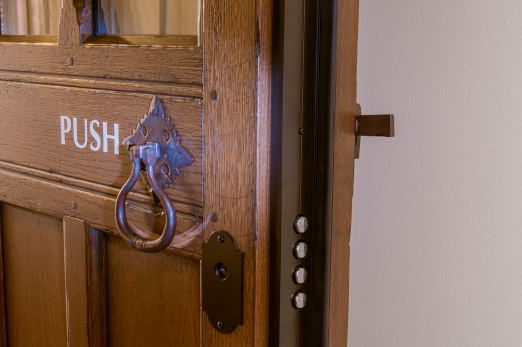Glass has three major uses in architectural products: it distributes natural light around an internal space and creates a sophisticated aesthetic both outside and inside a building. Glass plays an important part in architectural projects, as many manufacturers – like Italian pioneers Albed and ES Finestra – base their product design around using glass to enhance interiors and invite natural light into a space in new and exciting ways.
The Role of Glass in the Building Envelope and Exterior
There is something mesmerising about the aesthetic appeal of glass structures. Their clean, sleek look has provided them with a pivotal part to play in modern architecture. From London’s Shard to Dubai’s Burj Khalifa, buildings form cityscapes across the world that are now testaments to glass as a structural and aesthetic material. It’s no surprise that manufacturers are adapting its use in the building envelope, looking for opportunities to make a statement for a building with structural glass and cleverly engineered glazing. The natural reflective nature of glass lets urban structures stand out in natural daylight.

Alongside its grand visual appeal, the performance of glass as a sustainable building material shouldn’t be overlooked. Its construction from natural materials makes it a readily available, cost-effective and adaptable resource in modern architecture. Its function as an insulator warms our offices and homes, retaining the sun’s natural heat. Special reflective coatings are commonly used for commercial buildings to control solar radiation and cooling costs. Architectural glazing products with low U-values are vital for green, low-energy buildings; modern glazing engineering means we can now specify and install thermally efficient glazing for the whole window and frame into buildings.
The Role of Glass for Interior Spaces
Traditionally, doors offer privacy and the separation of spaces. For modern interiors, the feeling of flexibility is found in glass doors, which gives users the opportunity to keep spaces well-lit and retain a feeling of openness that is crucial in today’s fast-paced world. Glass doors offer visual accessibility, working especially well for meeting or conference rooms where soundproofing is required, but with the added bonus of the space not requiring artificial lighting. Alongside acoustic control, glass doors can expand the perceived size of an interior space. An impressive example of this is Albed’s Quadra Interior Pivot Door, which can provide both visibility and light flow to a room.
Another key aspect of interior glass is light flow. Light plays a central role in the design of a visual environment, and influences our well-being and the mood of a space. Office productivity increases and staff feel invigorated and ready for tasks when their indoor environments are filled with natural light. Good building design means that individuals operate in, explore and experience spaces in a flexible manner; by surrounding themselves with natural light and reflective glass, people are more likely to have a positive experience of that space. Glass partition systems – like Albed’s ALL WAYS – provides this marriage of glass, natural light, and commercial productivity.
Glass is an incredibly versatile material. Encouraging light and transparency, it makes a statement both as an interior design spectacle and architectural element. It defies design trends, remaining a timeless and future-proofing material that adds a clean, sleek and contemporary feel to any space.





